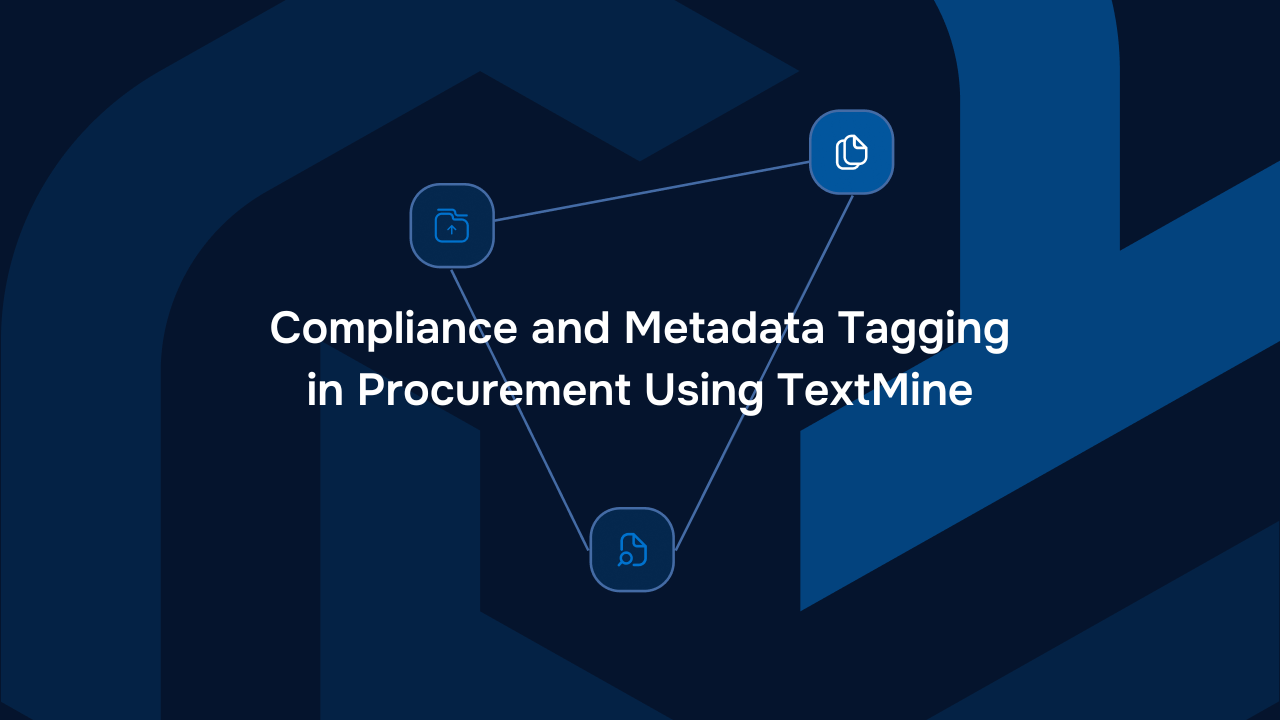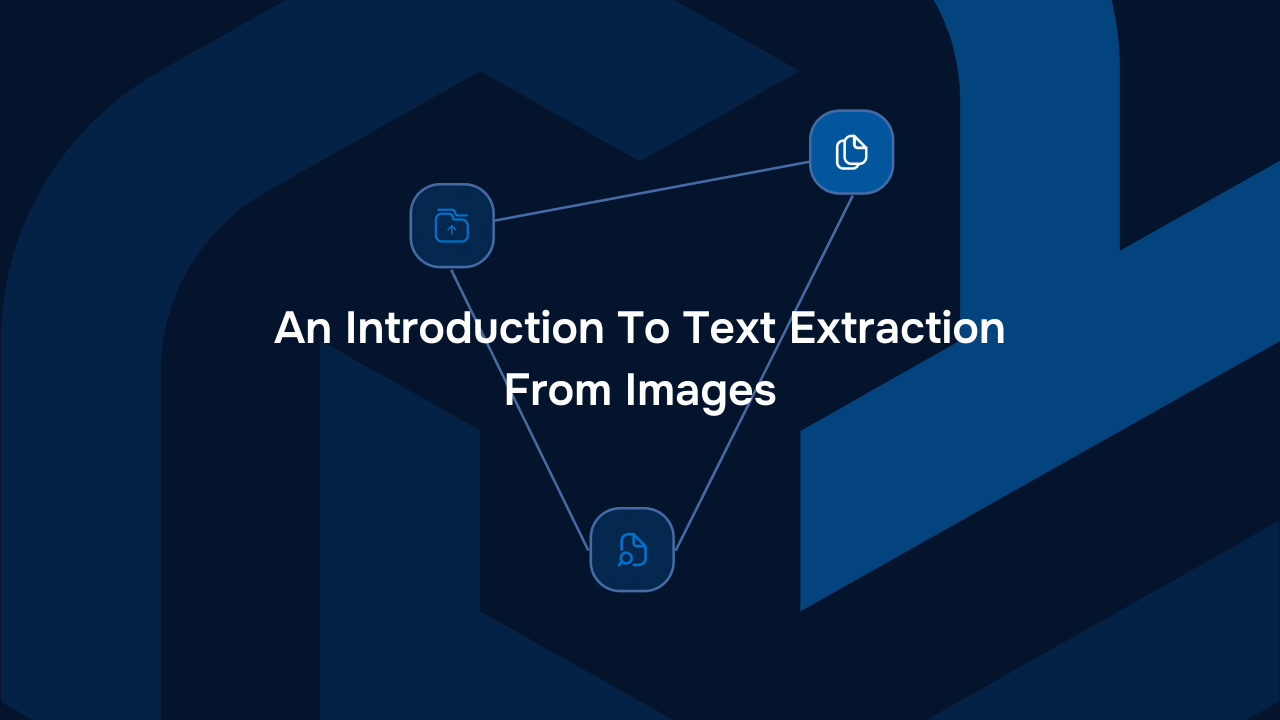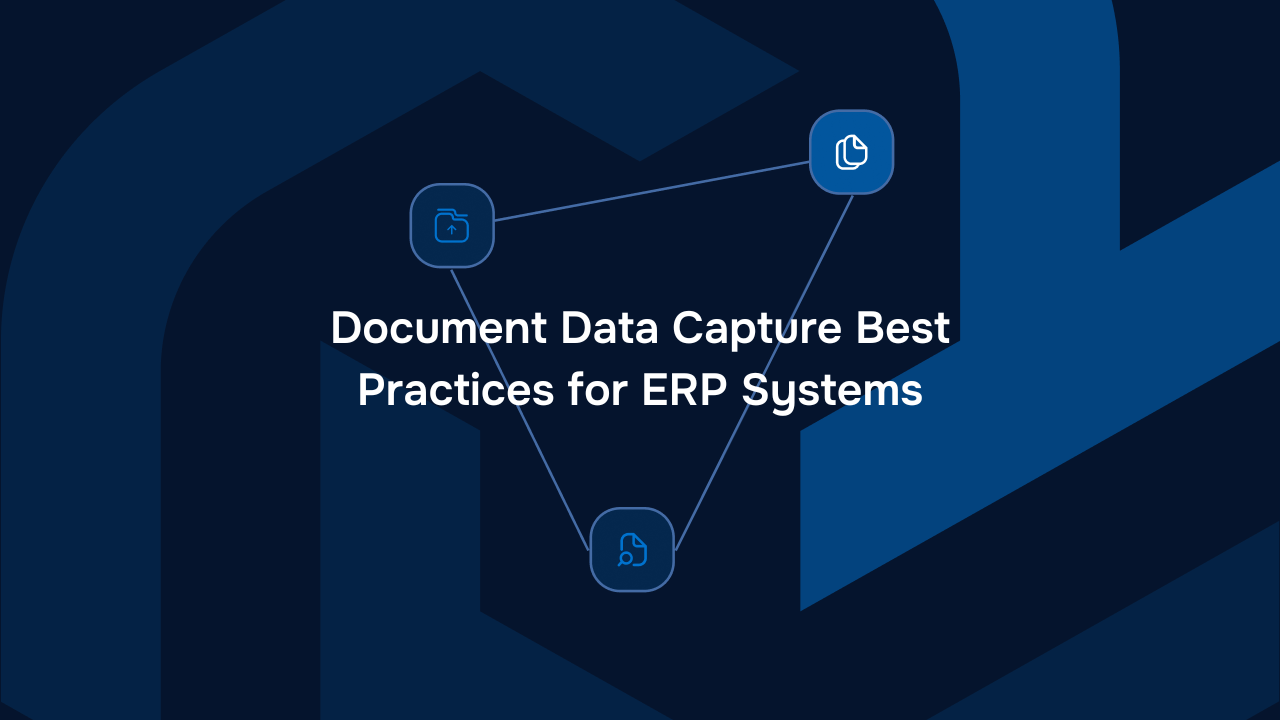An Introduction to Knowledge Graphs


In a world of unstructured data, knowledge graphs are a great approach for modelling a dataset's underlying entities without constraining itself to a fixed schema or set of concepts. Moreover, knowledge graphs can define the relationships between entities as well as how they relate to broader concepts which are defined in ontologies. This article provides an overview of knowledge graphs by defining what they are, discussing their main components, and showing some examples of knowledge graphs across numerous industries such as e-commerce, financial services and document management.
What Are Knowledge Graphs?
Knowledge graphs are organised and structured representations of knowledge, displaying connections and relationships between individual points of data. The individual data points are called nodes and they represent entities (people, places, things, or concepts). In order to explore relationships between these nodes, edges are created to represent these connections.
The following diagram illustrates how the same data can be represented in a table and a graph. One of the key benefits of a graph is that there are no “table headers” which limit the properties which can be added to the entities. As a result, a graph can evolve in time without causing any disruption to the datastore.

The Main Components of Knowledge Graphs
There are three main components of knowledge graphs, which draw from graph theory: Nodes, edges, and triples. Together, these components form the structure of knowledge graphs and enable the creation of well-mapped graphs for complex domains.
Nodes and Edges
A node or vertex represents an entity, concept, or piece of data. For example, people, places, things, and concepts can be considered nodes because they are identifiable.
In a knowledge graph, nodes usually combine to represent a real-world concept – especially through the ways in which they connect.
However, nodes are useless if they are not arranged in a connectable fashion for relational processing.
In order to form and link nodal relationships, edges connect two nodes in a knowledge graph. Relationships can be direct or indirect, as they are rated within the graph based on connection.
Triples
Triples take nodes plus edges and form a more complex knowledge representation. Triples are broken down into three parts: subject, object, and predicate.
The subject defines the concept being described, the object represents the value, and the predicate constitutes the relationship. When making semantic statements, a trip is often used to bring structure to the relationships mentioned.
Semantic Reasoning
One of the benefits of knowledge graphs is that you can infer patterns and relations from the data in the graph. For example, in the previous example of married couples data, a system processing the table of married couples won’t instantly know that the person in the “Married to” column is married to the person in the “Name” column. Semantic reasoning allows you to define rules within the knowledge graph which will automatically apply to the underlying data. In this case, we could define the following Married to rule to automatically infer the married to relationships: If [Name] Married to [Married To] then [Married To] Married to [Name].
In practice, this means that knowledge graphs can infer new data which might not be explicit in a traditional database. It also means that data which can be inferred won’t need to be stored explicitly and can be instead modelled in a rule. You can also leverage ontologies to define which types of entities the rules should apply to or to enrich the results.
Use Cases of Knowledge Graphs
Knowledge graphs have several practical applications within natural language processing and semantic analysis. Particularly, natural language processing benefits from knowledge graphs by assigning more order to its capabilities.
Semantic Search
Two aspects of semantic search, faceted and cross-domain search, are empowered by knowledge graphs for applying context to user queries through the investigation of relevant relationships.
With faceted search, users are able to distil what they need from a query by looking at the categories created by a knowledge graph. Similarly, cross-domain search uses relationships to integrate outputs from a variety of resources.
The following demo illustrates how faceted search can be used to navigate your business critical documents and contracts:
Recommendation Systems
Recommendation systems have been powered by knowledge graphs for a long time. For example, personalised LinkedIn connection suggestions are accomplished through recording user preferences, item attributes, and other context-specific information. The LinkedIn knowledge graph is then able to identify the closest entities to your knowledge graph and recommend them to you as connection suggestions. This use case is a great fit for knowledge graphs because knowledge graphs leverage the density of connections to navigate the nodes and retrieve close entities whereas a traditional database would have to compute and compare each entities’ properties with each other one by one.
Natural Language Processing (NLP)
Natural language processing (NLP) is a field of AI that allows computers to understand, process, and produce human language. Knowledge graphs can assist with question parsing, as they help NLP models produce meaningful, correct responses. Also, information retrieval is made more efficient with the implementation of knowledge graphs, as they add a layer of connection and organisation to NLP.
Generative AI
Generative AI models such as large language models typically leverage huge amounts of unstructured data during their initial training and fine-tuning. Knowledge graphs can be leveraged to identify the structure of the underlying data which can then improve the amount of signal which is extracted from the data during the training.
Knowledge Graphs in Industry
Knowledge graphs are a versatile technology which can be applied in many sectors including e-commerce, financial services and document management.
E-commerce
As mentioned above, knowledge graphs are used to create personalised recommendations and bolster marketing efforts to show the best products to the right demographic. However, in terms of e-commerce, knowledge graphs are also fantastic at organising inventory, which can help companies stay on top of their supplier relationships and product management.
Financial Services
Financial services may find knowledge graphs to be useful in risk management and fraud detection programs. Knowledge graphs can syphon information from many financial sources into one, well-connected map that may illuminate financial misappropriation. Additionally, knowledge graphs can identify suspicious patterns, measure risk and alert financial institutions faster than they may be able to catch it themselves.
Business-critical Document management
Documents contain unstructured data which often represent linked concepts which are governed by rules. At the scale of an organisation, documents are stored in drives and typically tracked in spreadsheets. However, due to the linked nature of document data, knowledge graphs are a much more effective way at tracking and answering questions about the information contained within documents. Moreover, knowledge graphs can automatically link related documents together and compare their underlying terms.
Conclusion
Knowledge graphs are a versatile technology which are great at storing and navigating hyper linked data. However, before attempting to use or create knowledge graphs, it’s important to have a comprehensive understanding of them and other relevant technologies such as NLP and semantic reasoning. If you are interested in learning more about using knowledge graphs or how they can be applied to business-critical document management, feel free to get in touch with our team!
About TextMine
TextMine is an easy-to-use data extraction tool for procurement, operations, and finance teams. TextMine encompasses 3 components: Legislate, Vault and Scribe. We’re on a mission to empower organisations to effortlessly extract data, manage version controls, and ensure consistency access across all departments. With our AI-driven platform, teams can effortlessly locate documents, collaborate seamlessly across departments, making the most of their business data.

Newsletter
Blog
Read more articles from the TextMine blog


From Complexity to Clarity: Transforming Supplier Agreement Analysis with AI


Compliance and Metadata Tagging in Procurement Using TextMine


An Introduction To Text Extraction From Images






